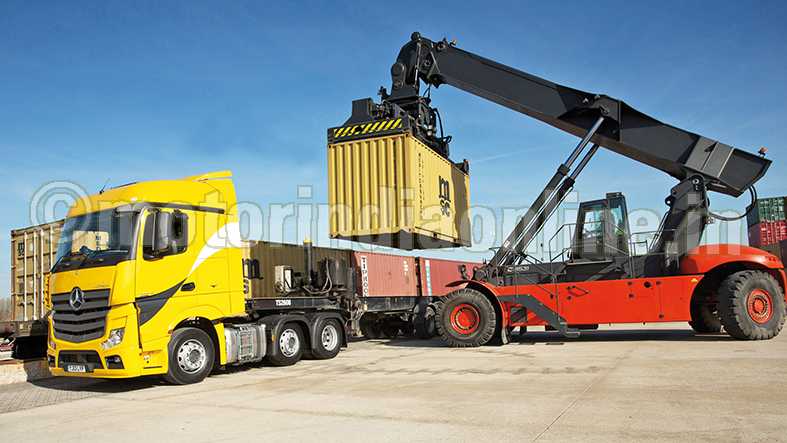As India continues its transformation into a manufacturing and service-led economy, growing migration towards urban areas is unavoidable. It is anticipated that more than 60 per cent of India’s urban population will be concentrated in 20-25 urban clusters by 2030.
Against this backdrop, logistics support infrastructure in India’s metros is inadequate for serving the existing trade needs. Obviously, the logistics sector offers greater opportunities for investment in infrastructure development, which remains the thrust area for any country, developed or developing.
The annual logistics cost in India is estimated to be 14 per cent of the GDP, which translates into $140 billion assuming the GDP of India to be slightly over $1 trillion. Of this $140 billion logistics cost, almost 99 per cent is accounted for by the unorganized freight sector, and slightly more than one per cent, i.e., approximately $1.5 billion, is contributed by the organized sector. So, the sector is still in the process of consolidating, and one can see that the logistics industry in India is in a nascent stage.
Steel, pharmaceuticals, food & agro-business and auto have also been the sectors that are growing most rapidly in the national economy. Although it is a fact that freight is the backbone to these industries there is inefficient handling and unorganized sector in logistics. The transportation segment accounts for close to 62 per cent of the total market, reiterating the fact that it is the most important logistics function for all industries.
Further, the agricultural sector accounts for slightly over half of the total logistics market in India, owing to the extensive storage and transportation activities associated with agro products within the country.
Although trucks make up only a small number of the vehicle fleet in India (five per cent), they contribute out of scale in fuel use (74 per cent), carbon emissions (CO2) (63 per cent), particulate matter emissions (59 per cent) and road accidents (26 per cent). This sector needs more attention than it gets now. It is estimated that the freight activity, in billion km, in India is expected to be nine times higher and the number of trucks 15 times higher in 2050 compared with the 2000 level. It is estimated that investments in logistics infrastructure tripled from about $10 billion in 2003 to $30 billion in 2010 and is expected to grow at an accelerated rate to $500 billion in 2020.
